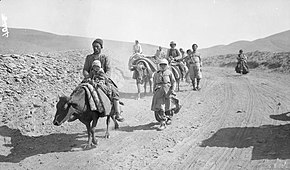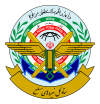Image 9The
Medo-Babylonian conquest of the Assyrian Empire was the last war fought by the
Neo-Assyrian Empire, between 626 and 609 BC. Succeeding his brother
Ashur-etil-ilani (
r. 631–627 BC), the new king of Assyria,
Sinsharishkun (
r. 627–612 BC), immediately faced the revolt of one of his brother's chief generals,
Sin-shumu-lishir, who attempted to usurp the throne for himself. Though this threat was dealt with relatively quickly, the instability caused by the brief civil war may have made it possible for another official or general,
Nabopolassar (
r. c. 626 – 605 BC), to rise up and seize power in
Babylonia. Sinsharishkun's inability to defeat Nabopolassar, despite repeated attempts over the course of several years, allowed Nabopolassar to consolidate power and form the
Neo-Babylonian Empire, restoring Babylonian independence after more than a century of Assyrian rule. The
Neo-Babylonian Empire, and the newly-formed Median Empire under King
Cyaxares (
r. 625–585 BC), then invaded the Assyrian heartland. In 614 BC, the
Medes captured and sacked
Assur, the ceremonial and religious heart of the Assyrian Empire, and in 612 BC, their combined armies attacked and razed
Nineveh, the Assyrian capital. Sinsharishkun's fate is unknown but it is assumed that he died in the defense of his capital. He was succeeded as king only by
Ashur-uballit II (
r. 612–609 BC), possibly his son, who rallied what remained of the Assyrian army at the city of
Harran and, bolstered by an alliance with Egypt, ruled for three years, in a last attempt to resist the Medo-Babylonian invasion of his realm. (
Full article...)














































